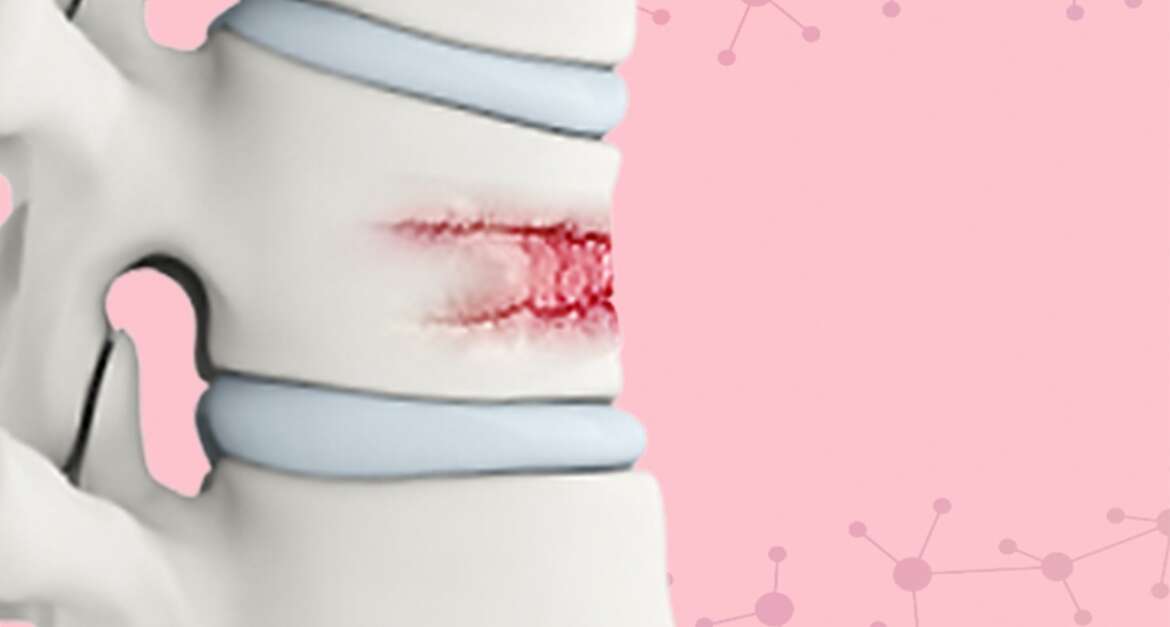Spinal stenosis is an abnormal narrowing of the spinal canal that may occur in any of the regions of the spine.
Signs and symptoms
-
- Standing discomfort, difficulty in walking
- Bilateral symptoms
- Tingling ,Numbness
- Weakness
Treatment
- Non-steroidal anti-inflammatory drugs
- Epidural corticosteroid injections, root blocks
Surgery
- Laminectomy and decompression
- Minimally invasive spinal decompression
What are the symptoms of a slip disc?
The slipdisc may occur at any level of your spine, from your neck to your lower back. This is generally the most common area of the spinal column. This network of nerves and blood vessels creates a complex system of nerves and blood vessels. As a result, the nerves and muscles around the disc can suffer additional pressures.
The following symptoms are associated with slip discs:
- Numbness and pain, most often occurring on only one side of the body
- Symptoms that extend to the arms or legs
- During specific movements or the night, the pain worsens
- When standing or sitting, the pain worsens
- A painful sensation when you walk short distances
- Muscle weakness that does not make sense
- A burning sensation, tingling, or aching sensations in the affected area
What causes slip discs?
Slipdiscs occur when the outer ring is damaged or ripped, allowing the inner portion to come loose. As we age, we are more likely to encounter this issue. Some motions induce slipdiscs. Twisting and turning to lift an object can result in a disc coming out of place. Having a slipdisc from lifting a vast, heavy object is typical of raising a large, heavy object. Slipdiscs could increase your risk if you work in a physically demanding position that involves a lot of lifting.
Discs in overweight individuals must also support the additional weight and are thus more susceptible to slipdiscs. An unhealthy lifestyle and weak muscles can also result in slipdisc development.
Slipdiscs are more common in people over the age of 50. You lose some of the protective water content in your discs as you age. Because of this, the discs can slip out of place more easily. The occurrence of this condition is higher among men than women.
How are slipdiscs diagnosed?
Before you see your doctor, he or she will conduct a physical examination. He or she will try to determine what is causing you pain.
An M.R.I. examination can help your doctor identify damaged spinal discs by viewing the bones and muscles. Imaging tests can include:
- R.I. scans
- X-rays
- Discograms
- CT scans
These pieces of information can be combed together by your doctor to find out what’s causing your pain, weakness, or discomfort.
What are the complications of a slipdisc?
The damage to the spinal nerves can be permanent if an untreated slipdisc is not treated. In sporadic cases, the cauda equina nerves in your lower back and legs can be cut off by a slipdisc. If this happens, you may have trouble controlling your bowels and bladder.
Saddle anesthesia is another severe long-term issue. You will lose sensation in your inner thighs, in your legs, as well as at the back of your rectum when the slipdisc compresses your nerves.
How are slipdiscs treated?
There are conservative and surgical treatments available for slipdiscs. Typically, your treatment will depend on how much discomfort you’re experiencing and how far your disc has slipped out of place.
Many people with slipdisc pain can relieve their pain by stretching and strengthening their backs and surrounding muscles through exercise. It may be possible for the physical therapist to recommend exercises that can alleviate back pain and improve your back.
In some cases, your doctor may prescribe stronger medications if over-the-counter treatments are unsuccessful. These may include:
- Relaxing muscle spasms with muscle relaxants
- As an alternative to narcotics
- That relieves nerve pain, such as gabapentin and duloxetine
If your symptoms do not resolve within six weeks or your slipdisc affects your muscles, your doctor may recommend surgery.
What is the outlook for someone with a slipdisc?
Conservative treatment is usually adequate for people with a slipdisc. Their discomfort and pain will gradually subside within six weeks.
Conservative treatment is usually adequate for people with a slipdisc. Their discomfort and pain will gradually subside within six weeks.
Is it possible to prevent a slipdisc?
Although you may not be able to prevent slipdiscs, you can take steps to reduce the risk they will develop. Here are some suggestions:
- It would be best to always lift from your knees and not from your waist when lifting heavy items.
- Be healthy and in good shape.
- Whenever possible, stand up, stretch, and move around.
- You can also do exercises that help strengthen your back, legs, and abdomen.

